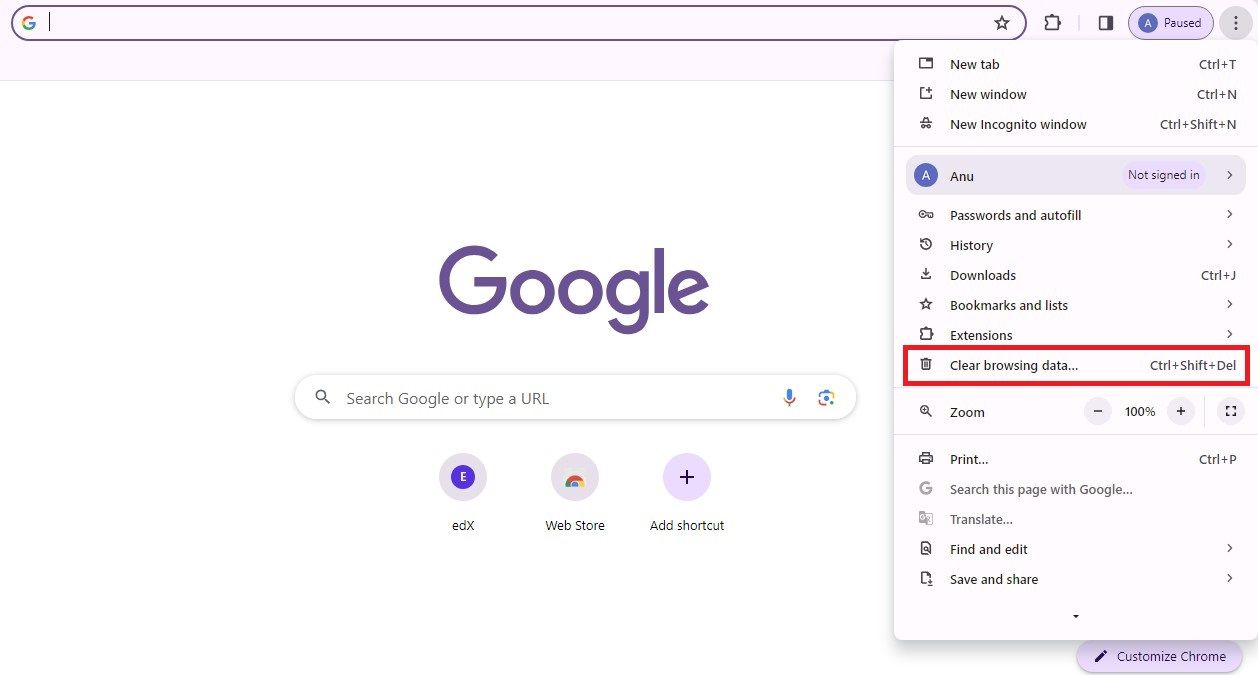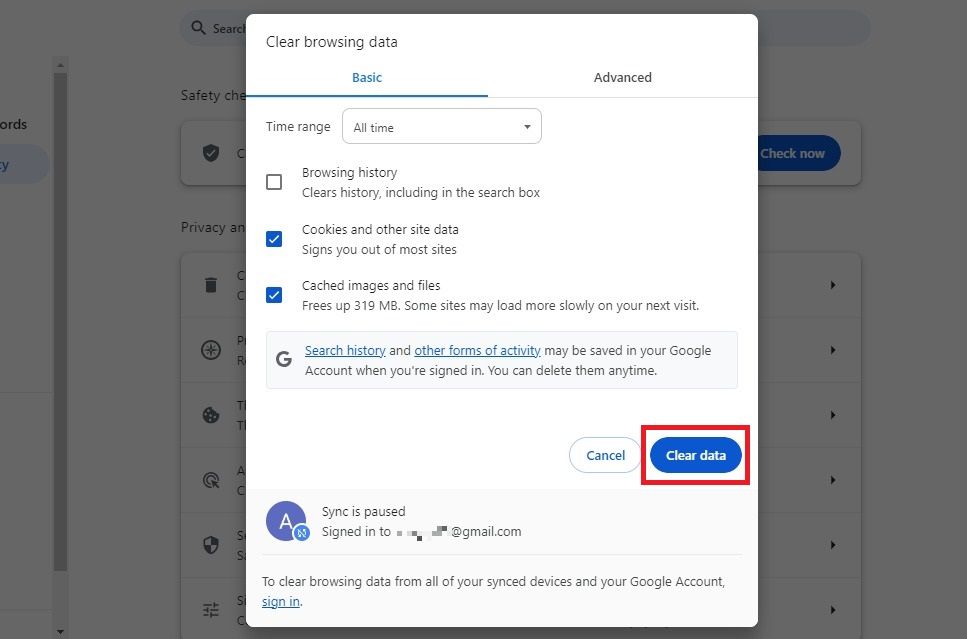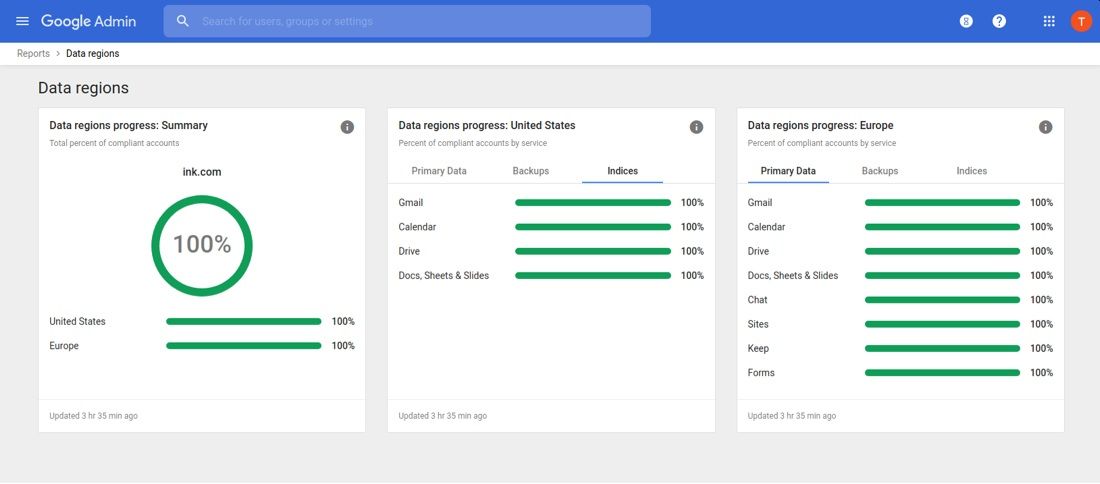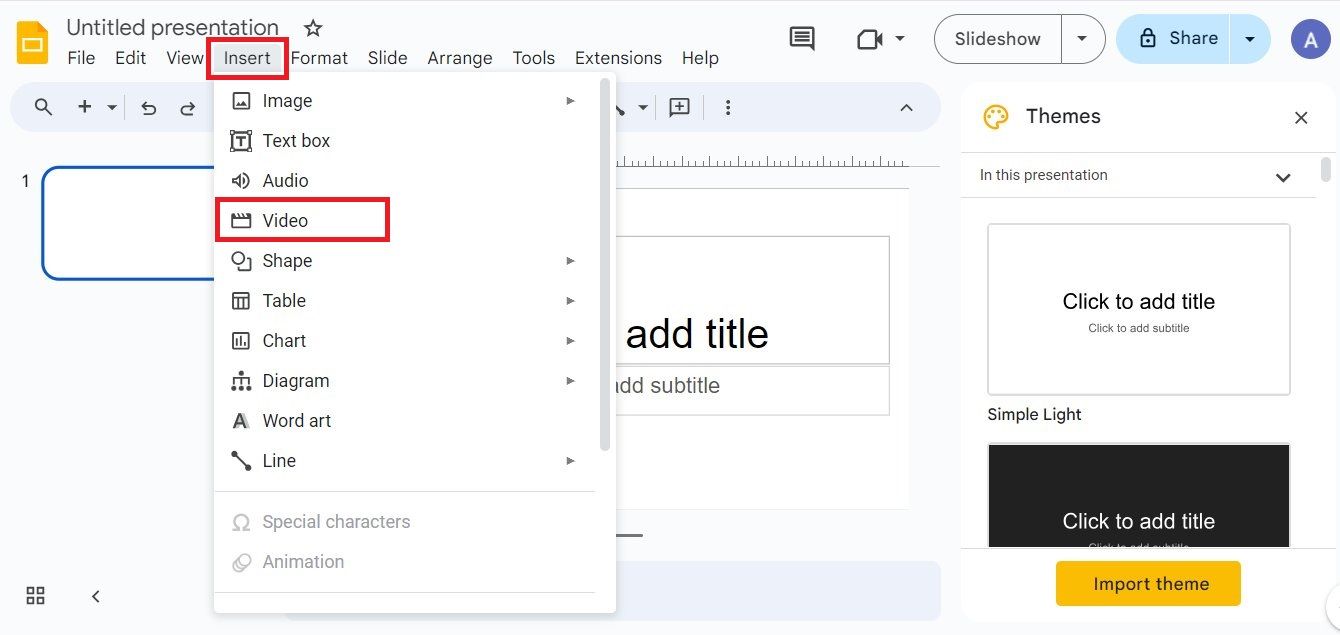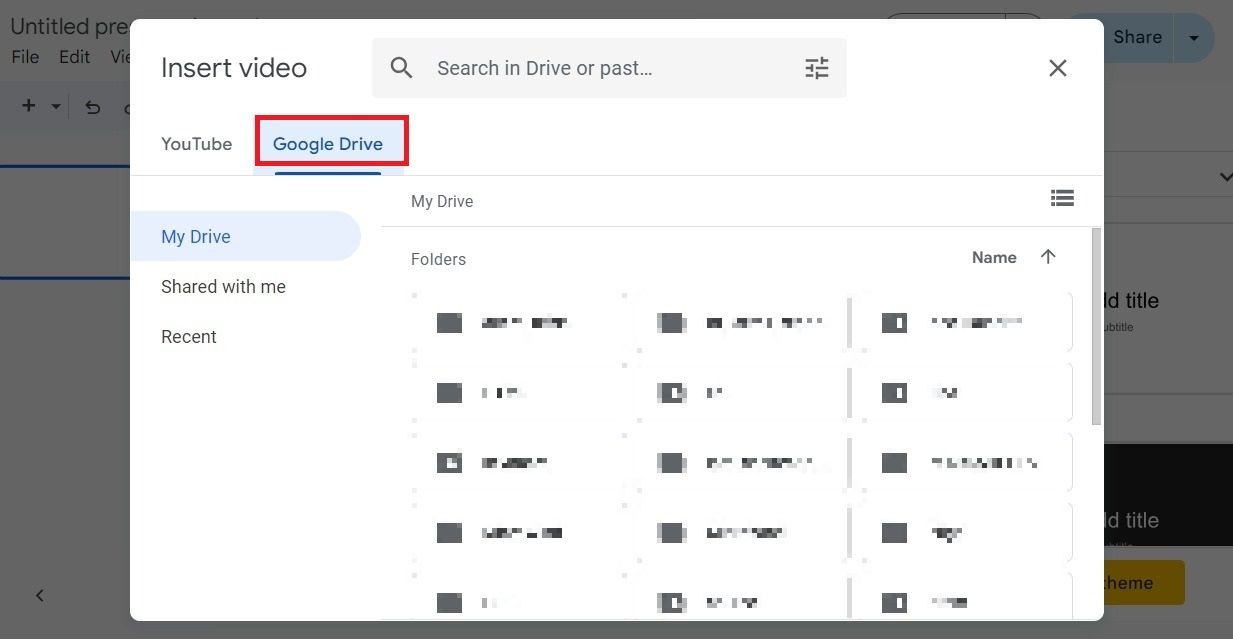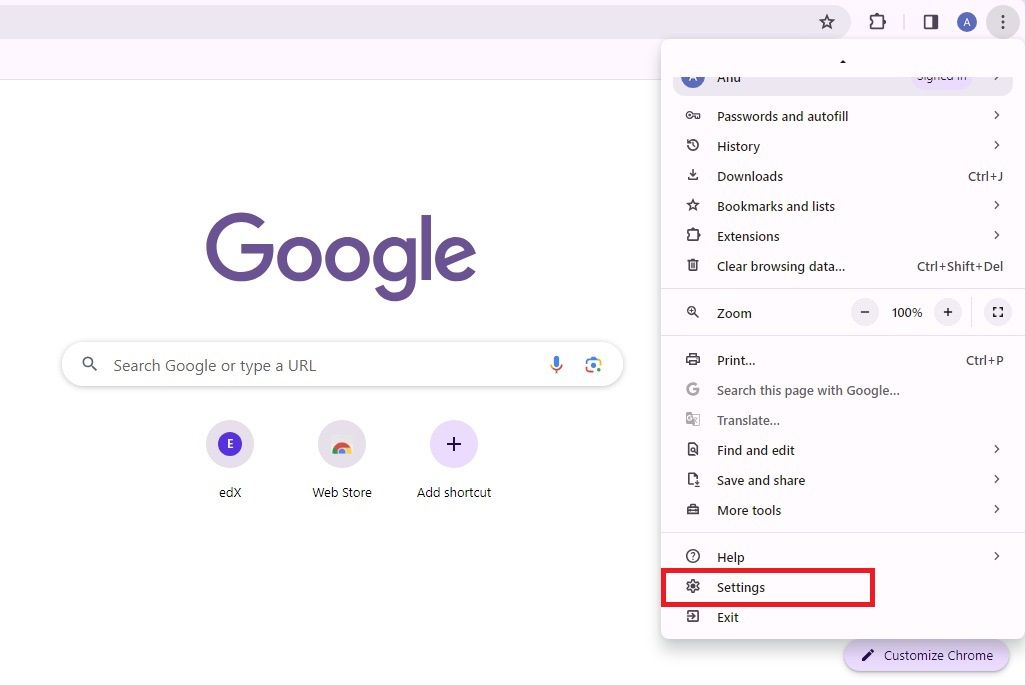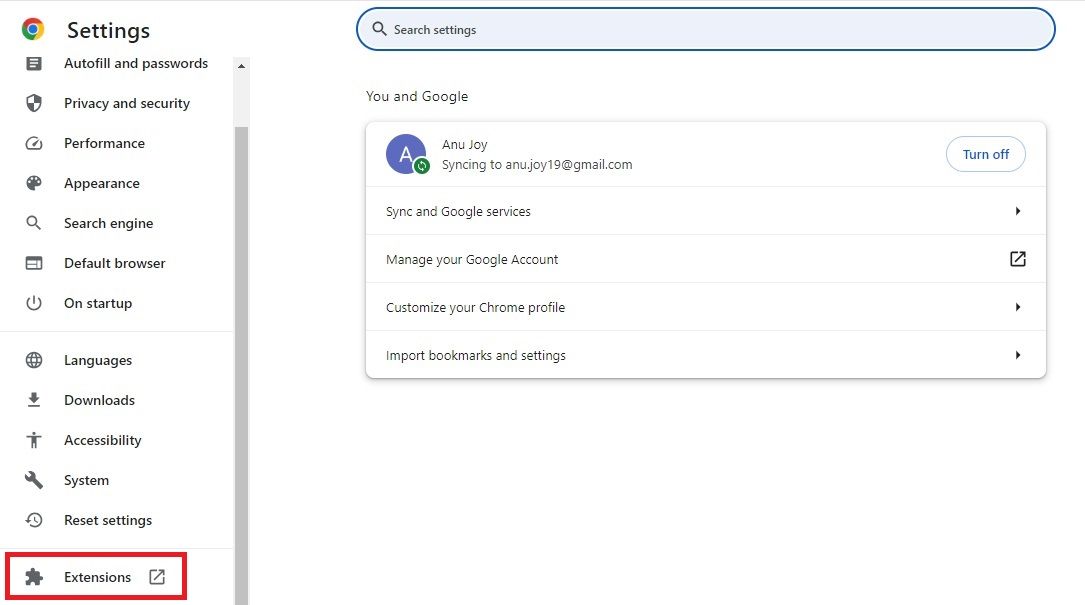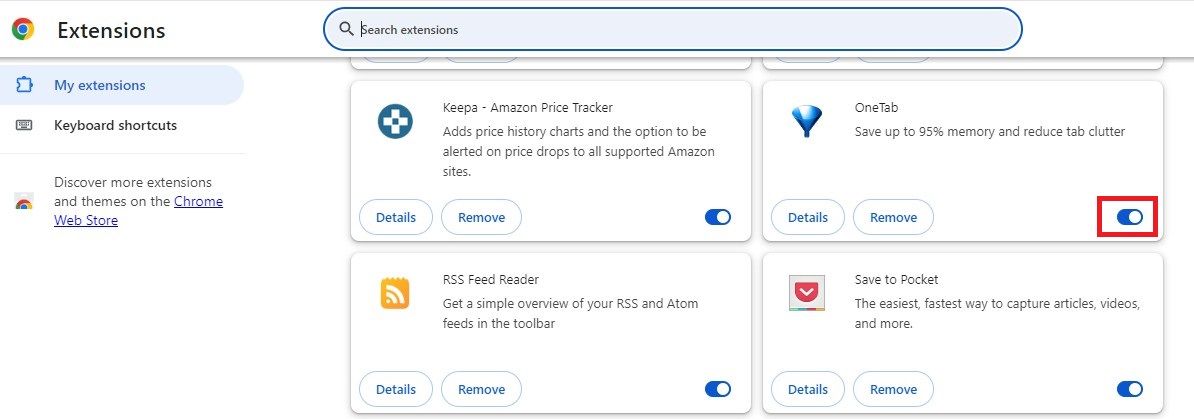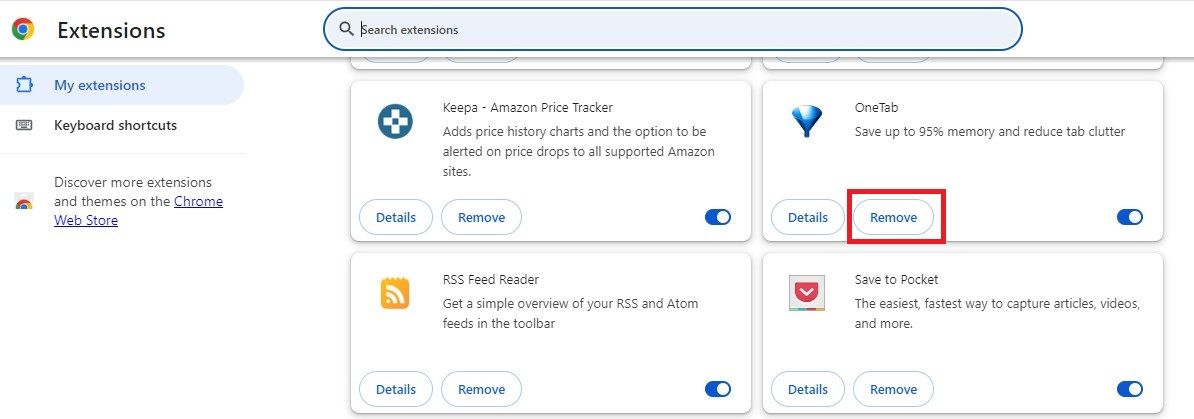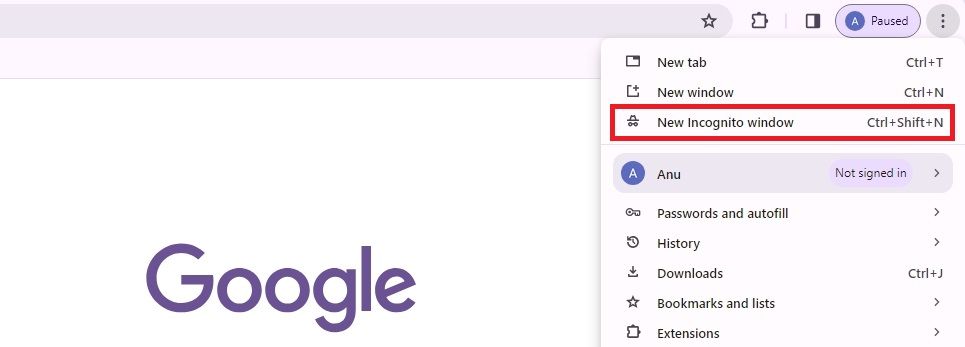Google Slides is a free application and a solid choice for designing professional and creative presentations for your workspace or classroom. The app works on any device, including budget Chromebooks. Creating slides is effortless with its user-friendly UI, minimalist design, and collaboration features. You can also embed YouTube videos in Slides.
You might encounter a message that says, “Unable to play video. Error: 150.” This error usually occurs due to video playback restrictions or technical glitches. This tutorial shows how to fix the problem so that you can embed YouTube videos in Slides without a hitch.
Explaining Error 150 in Google Slides and its common causes
There could be various reasons behind the Error 150 message. To fix it, you must find the root of the problem. These factors may prevent you from playing a YouTube video embedded in Slides:
- Slides does not support the video format.
- Issues with network connectivity.
- Problem with browser compatibility.
- DRM limitations.
- Server-side technical problems.

How to autoplay your Google Slides presentation
Deliver your upcoming presentation effortlessly
How to fix Error 150 in Google Slides
Here’s how to tackle the video playback issue in Slides.
Clear the browser cache and cookies
Clearing the cache and cookies is the first step in fixing browser issues. Rogue data might cause errors during video playback. Here’s how to clear cookies and cache on Google Chrome:
- Click the three-dot menu in the upper-right corner of the browser.
- Select Clear browsing data.
- Select Cookies and other site data and Cached images and files.
- Click Clear Data.
Check your network connectivity
An unstable network can cause problems while the video is streaming. Refresh the page to see if the issue persists. Run a speed test to test your connection’s performance. If your speed is lower than what you pay for, call your ISP or consider switching to a better network.

The best Google Slides templates for work, school, and home
Slide into success with one of these beautiful templates for business, personal, and school use
Verify if the video is publicly available
If the video URL is unavailable, you may see the Error 150 message. Either the user or YouTube may have deleted it. Go to YouTube and search for it. Contact the uploader if you can’t find the video.
Check the file format
If you upload an incompatible file type, Google Slides shows an error message. It supports the following video formats:
- MPEG4, 3GPP, and MOV files (h264 and MPEG4 video codecs; AAC audio codec)
- AVI (MJPEG video codec; PCM audio)
- FLV (Adobe – FLV1 video codec, MP3 audio)
- WebM files (Vp8 video codec; Vorbis Audio codec)
- MPEGPS (MPEG2 video codec; MP2 audio)
- WMV
- MTS
- OGG
Change permissions to unrestricted YouTube access
If you’re the administrator of the YouTube account, you can allow unrestricted access to remove Error 150. Here’s how to do it on a browser:
- Log in to your Google Admin account.
- Click the menu icon.
- Go to Apps.
- Select YouTube under Additional Google Services.
- Click Permissions.
- Choose Unrestricted YouTube access.
- Click Save.
Insert the video from Google Drive
If the YouTube video has a problem, you’ll see an Error 150 message. You can bypass the issue by adding the video via Google Drive. Here’s how to upload a video from Drive:
- Open Google Slides.
- Click Insert.
- Select Video.
- Choose Google Drive.
- Select the video you want to upload.
Both Google Drive and Slides support the same video formats. If it is incompatible, convert it to the appropriate format using a video converter.
Turn off the VPN
Content restrictions that block YouTube access in certain regions cause Error 150. Switch off the VPN and add the video again.
Update your browser or switch to a different one
Your browser might have trouble playing select video formats when it’s outdated. Make sure to get the latest update. If that doesn’t work, switch to a different browser.
Turn off browser extensions
Browser extensions might meddle with video playback in Google Slides. See if turning all of them off fixes the issue. Here’s how to switch off an extension on Chrome:
- Click the three-dot menu in the upper-right corner of the browser.
- Select Settings.
- Click Extensions.
- Toggle off the button.
- Alternatively, uninstall it by selecting Remove.
Browse in incognito or private mode
Use incognito mode if you don’t want to clear your cache, cookies, and other browser data. Here’s how to use it on Chrome:
- Click the three-dot menu in the upper-right corner.
- Select New incognito window.
- Alternatively, use the Ctrl + Shift + N shortcut to open a new incognito window.
Spice up your presentations with Google Slides
Google Slides is a decent alternative to PowerPoint. It’s cloud-based, so you can easily share your presentations with team members and work together on group projects. The troubleshooting tips above help you seamlessly play YouTube videos in Slides.
You can go beyond basic and bland presentations by sprucing them up with fun sound effects. Although these options aren’t immediately apparent, our guide on adding audio to Slides will help you. You can include a voiceover, music, and sound effects in minutes.




